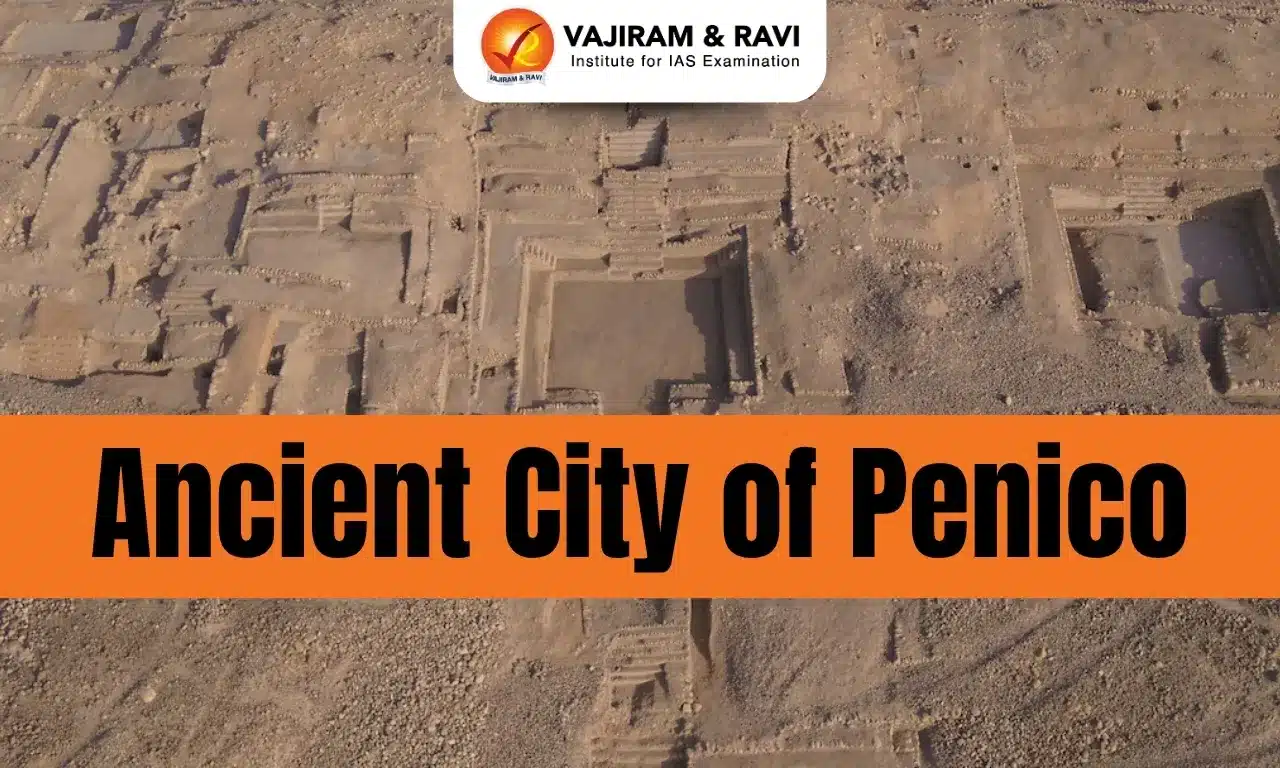Dudhwa Tiger Reserve Latest News
Recently, a fresh report stated that the Leopard population in the Dudhwa Tiger Reserve (DTR) has grown by 198.91% since 2022.
About Dudhwa Tiger Reserve
- Location: It is located on the Indo-Nepal border in the district Lakhimpur-Kheri in Uttar Pradesh.
- It includes the Dudhwa National Park, and two nearby Sanctuaries, viz. Kishanpur and Katerniaghat, besides forest areas of North Kheri, South Kheri, and Shahjahanpur forest divisions in its buffer.
- Topography: It is a typical Tarai-Bhabar habitat of the upper Gangetic plains Biogeographic province.
- Rivers: The Sharda River flows by the Kishanpur WL Sanctuary, the Geruwa River flows through the Katerniaghat WL Sanctuary, and the Suheli and Mohana streams flow in the Dudhwa National Park, all of which are tributaries of the mighty Ghagra River.
- Vegetation: The vegetation is of the North Indian Moist Deciduous type, containing some of the finest examples of Sal forests (Shorea robusta) in India.
- Flora: It consists of Sal Forest along with its associate tree species like Terminalia alata (Asna), Lagerstroemia parviflora (Asidha), Adina cordifolia (Haldu), Mitragyna parviflora (Faldu), Gmelina arborea (Gahmhar), Holoptelea intgrifolia (Kanju), etc.
- Fauna: Guldar, Tiger, Fishing cat, Monkey, Langur, Mongoose, Small Indian Mongoose, small Indian civet, Jackal, etc.
Source: HT
Dudhwa Tiger Reserve FAQs
Q1: In which state is Dudhwa Tiger Reserve?
Ans: Uttar Pradesh
Q2: What is Terai and bhabar?
Ans: Babar is pebble studded formation situated at the base of mountains and plains in the Himalayan region. Terai is a sloping land at the foothills of the Nepal Himalayas. Terai receives heavy rainfall and is densely forested.












